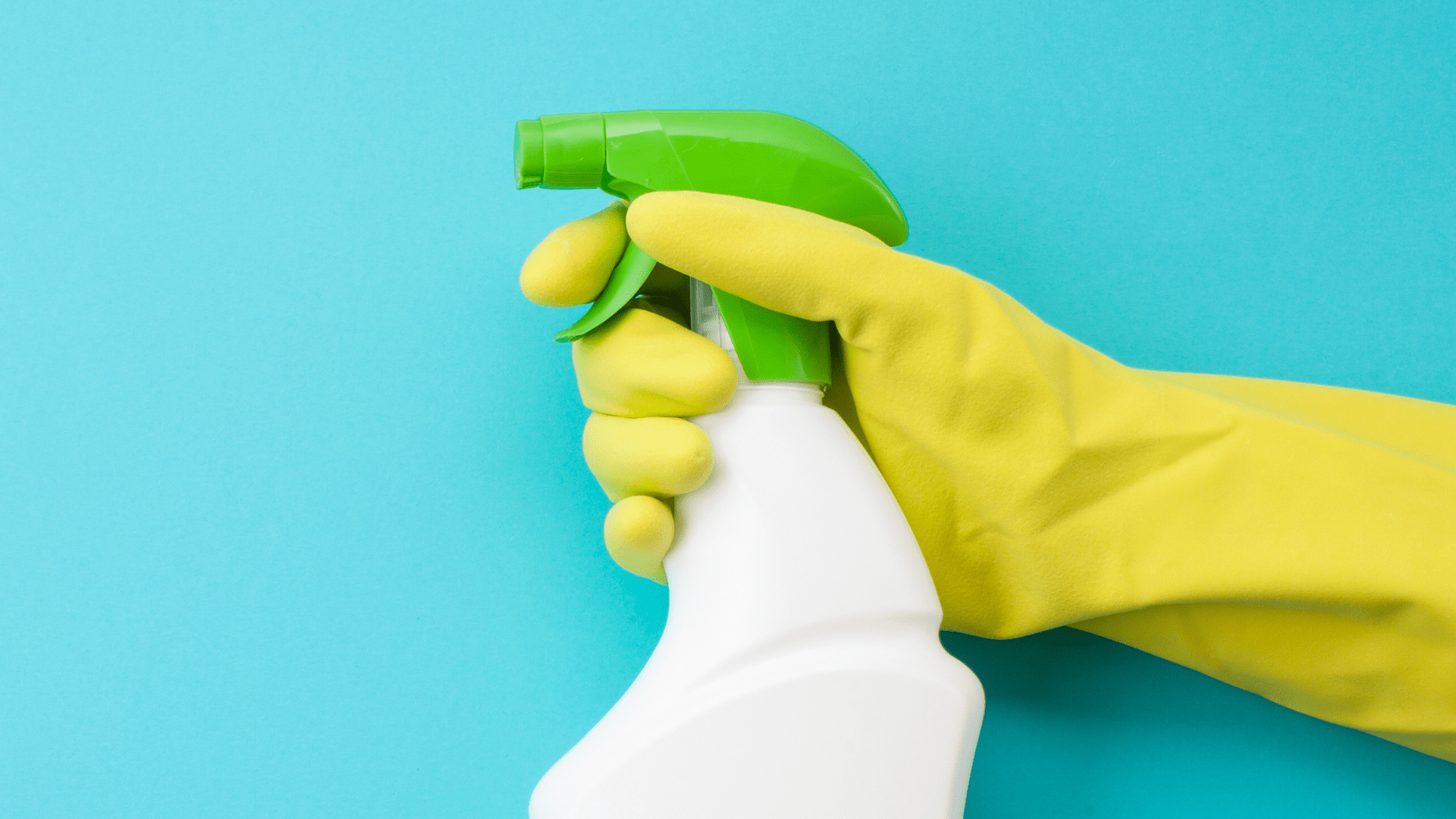However, classifying your data is only step one. Once, that data is no longer necessary, how you remove it is just as important.
The risk of simply deleting data
Many believe that dragging files to the recycle bin or performing a quick re-format effectively deletes data. However, this is far from the truth. When you delete files using “everyday”, such as putting files in the trash, you’re only removing the pointers to the data, not the data itself. This means the information can still be recovered, often using tools that are freely available online, posing a significant security risk.
Erasing vs. deleting: why proper data sanitisation is crucial
Erasing and deleting data are not synonymous. Unlike deleting, erasing data ensures it’s gone for good. Proper data sanitisation methods such as data erasure overwrite the existing data multiple times, making recovery impossible. This is not only crucial for preventing data breaches but by having a clear audit trail, it
Here are some of the most common data sanitisation methods:
- Software-Based Data Erasure: Utilise certified software tools designed to overwrite data multiple times. These tools follow industry standards like NIST Federal Information Processing Standards (FIPS) to ensure data is completely unrecoverable.
- Degaussing: This method involves using a powerful magnetic field to disrupt the data on magnetic storage devices. While effective, it renders the device unusable.
Sustainability and data erasure
While physical destruction guarantees that the data cannot be recovered, It’s feeding the growing e-waste problem when responsibly recycling, reusing or reselling IT assets should be a top priority for any business today. Shredding, a form of physical destruction is also not as secure as you might think. While hard drives can be safely destroyed with larger shredders, solid-state drives (SSDs) need to be shredded into smaller pieces so, larger pieces might still contain readable data.
According to data erasure provider Blancco, software-based data erasure is the best and most sustainable alternative as businesses can securely erase data from decommissioned IT equipment, even from afar, allowing these devices to be recycled, resold, and integrated into the circular economy through the secondary device market. Therefore, by choosing erasure over physical destruction, organisations can minimise their environmental impact while ensuring data protection.
Tips for effective data sanitisation:
- Use Certified Tools: Always opt for data erasure tools that are certified by reputable standards. These tools ensure thorough and irreversible data removal.
- Verify Erasure: After erasing data, verify that the process was successful. Many tools offer verification features that confirm data has been completely wiped.
- Educate Employees: Ensure that employees understand the difference between deleting and erasing data. Provide training on proper data sanitisation practices.
- Regular Audits: Conduct regular audits of your data sanitisation processes to ensure compliance and effectiveness.
As data continues to grow, managing and protecting it becomes increasingly challenging. Simply deleting files is not enough to mitigate the risks associated with leftover data. Proper data erasure methods are essential for reducing your data attack surface, preventing data breaches, and ensuring compliance with data protection regulations. Additionally, choosing erasure over physical destruction supports sustainability efforts by reducing electronic waste. By implementing effective data sanitisation practices, organisations can safeguard sensitive information, protect their reputation, and contribute to a greener future.














